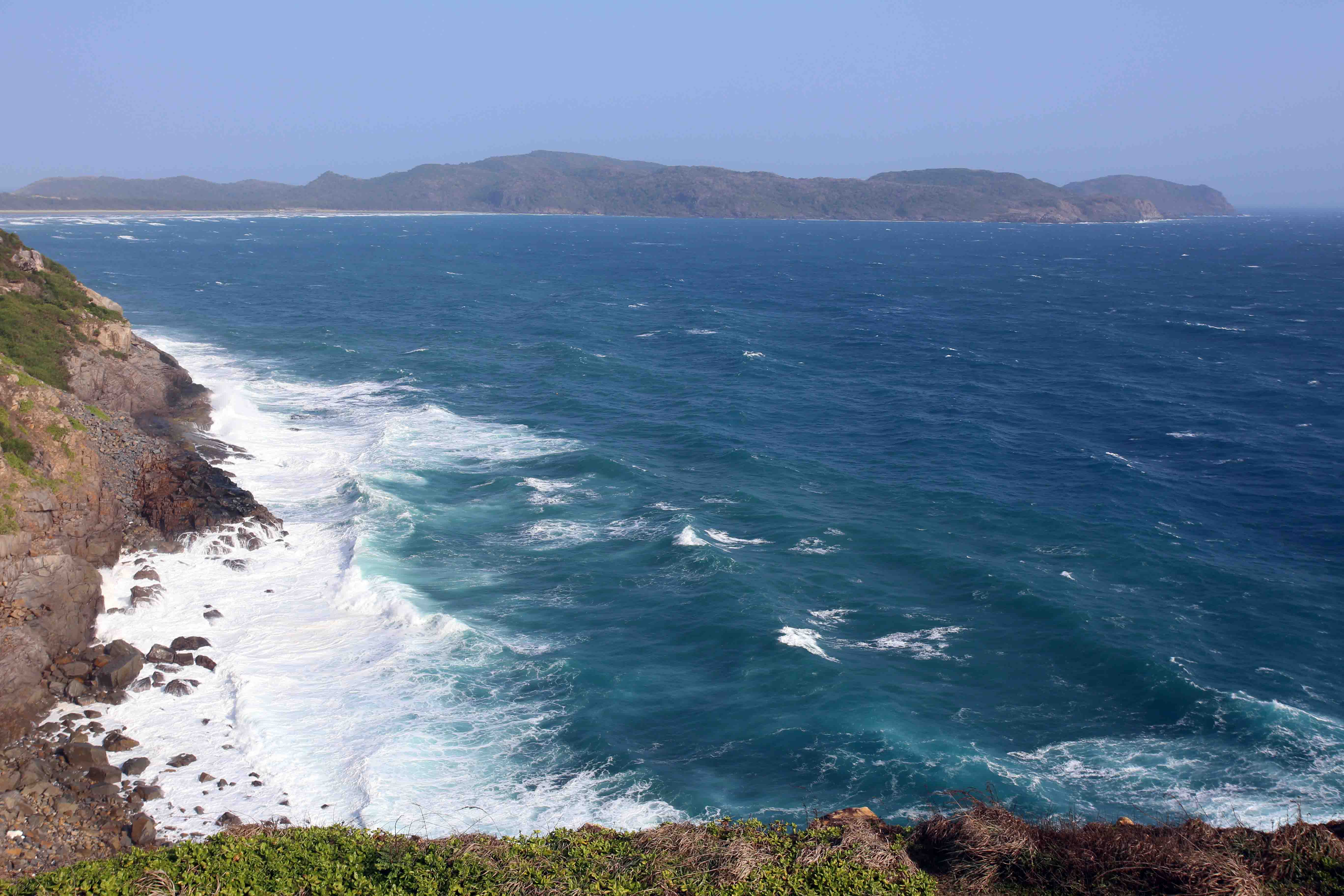Tuesday, 16/12/2025 | 09:01 GMT+7
If energy continues to be wastefully used as it is now, by 2017 Vietnam will be under-supplied with its secondary energy sources.
It is a judgment of Renewable Energy Division, General Department of Energy (MOIT), in a workshop on cooperation in clean energy development with the theme "Smart Solutions for Vietnam" co-organized by the Ministry of Planning and Investment and the US Consulate General in HCM City on May 14.
This workshop opens up opportunities for cooperation between enterprises of the two countries, Vietnam and the United States, in the development of clean and renewable energy sources, to meet the growing demand for sustainable energy in Vietnam.
In the would-be cooperation, the US energy sector will support with its current advanced technology, expertise, skills and financial strategy to develop the clean energy sector including solar energy, wind energy, biomass energy, geothermal energy, and clean coal.

With nearly 3,400 km of coastline, Vietnam has a huge potential of wind energy
According to preliminary calculations, Vietnam has great advantages of renewable energy sources, widely distributed across the country. Specifically, given approximately 3,400 kilometers of coastline, the potential of wind energy in Vietnam is estimated at about 500 to 1,000 kWh/m2 per year. Besides, solar energy is prospective with average sun radiation of 5 kWh/m2/day across the country.
The technical potential of small hydropower also fluctuates at around 4,000 MW per year. This is the country's potential to promote investment in developing renewable energy sources for socio-economic development of the country.
However, as reported by the Renewable Energy Division, General Department of Energy, the country currently has to import energy from China. By 2017, Vietnam will be basically deficient of secondary energy source in view of the current use of energy resources.
In the time to come, the search for smart solutions to promote the development of clean energy is the focal section of the national strategy for green growth, approved by the government in 2012. The strategy sets a target of reducing greenhouse gas emissions from 8% to 10% compared with it in 2010. At the same time, it is planned to reduce the energy consumption between 1% and 1.5% of GDP per year in the period from 2011 to 2020.
Trong Tan








 Enhancing capacity to develop and implement energy efficiency policies at local level
Enhancing capacity to develop and implement energy efficiency policies at local level
 Bosch Vietnam Plant Benefits from Investment in Energy Efficiency
Bosch Vietnam Plant Benefits from Investment in Energy Efficiency
 Webinar 2: “Financial Support for Energy Efficiency Enterprises – Opportunities and Challenges”
Webinar 2: “Financial Support for Energy Efficiency Enterprises – Opportunities and Challenges”
 Vietnamese enterprises achieve green growth and cut costs through energy efficiency
Vietnamese enterprises achieve green growth and cut costs through energy efficiency
 Capacity Building for Program Implementing Entity
Capacity Building for Program Implementing Entity
 Promoting Energy Efficiency for Technical Staff of Brick and Ceramic Sector
Promoting Energy Efficiency for Technical Staff of Brick and Ceramic Sector
 Enhance Energy Efficiency Knowledge for Managers of Cement Industrial Enterprises
Enhance Energy Efficiency Knowledge for Managers of Cement Industrial Enterprises